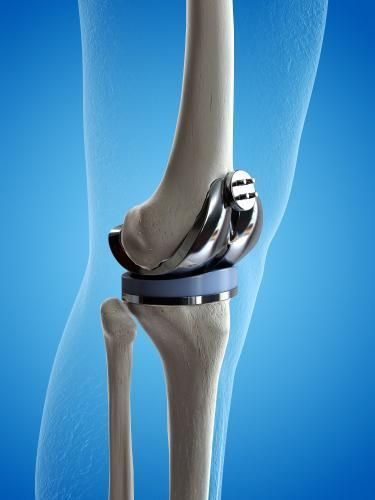Disc Degeneration Disease
The spine is a masterpiece in complexity, allowing us to maintain upright posture whilst protecting the spinal cord – a highway for a nervous system and essentially the brain’s pathway to our entire body. The intricate formation of vertebra and over 100 joints allow extreme flexibility and range of motion. So it’s no surprise that things can go wrong. Back pain is extremely common in Australia, with the Australian Institute of Health and Welfare (AIHW) stating that 1 in 6 Aussies (16% of the population) had back problems in 2017/18. Accounting for 4.1% of Australia’s total disease burden in 2015, the economic impact of back pain is massive, and a majority of this pain is associated with intervertebral disc pathologies.
Let’s take it back for a second and focus on the individual. Say you hurt your back, go to the doctors and after some investigation you’re told you have degeneration of the discs and some other medical jargon. Take a deep breath, you’re not alone – in fact it is extremely common and it estimated that 30% of people between the age of 30-50 years will have some form of degeneration within the spine. So, what exactly is it and what can we do?
Disc Degeneration Disease (DDD) is a pathology thought to be associated with ageing, where the disc loses hydration and height, affecting their ability to provide cushioning and mobility between the vertebrae. A loss in elasticity can lead to a collapse of the disc, with the potential to cause pain and inflame nerves surrounding the region. Early dysfunction can start as young as 20 years of age and whilst considered a ‘disease’, its more of a natural occurrence that comes with ageing. It is important to note that having a disc disorder does not equate to having pain, and often many people continue living totally asymptomatic.
Once diagnosed, disc degeneration is generally managed through conservative treatment, being exercise rehabilitation, passive therapy and medication. The goal of exercise is to reduce pain by increasing the strength of supporting musculature around the spine and mid-section. Stabilisation exercises can increase the spine’s capacity to resist higher loads in the degenerative discs. By improving coordination between the abdominals and back musculature, one can expect to experience a reduction in pain and increase in mobility. Strength training is particularly important for treatment and further prevention as sedentary people can lose as much as 3% to 5% of their muscle mass each decade after age 30. Further treatment includes education and behaviour modification. Teaching people about their condition will address fear avoidance and promote consistent exercise, understanding that training will not cause any further damage and alleviate symptoms. Finally, if conservative treatment is not leading to improvements, surgery may be considered.
In summary, disc degeneration is relatively common and most people that exhibit symptoms will find it very manageable. Regardless of the severity, exercise should form the cornerstone of a quality treatment plan. Whether surgery is required or not, physical activity can provide a reduction in symptoms and accelerate a return to normal activity. Absolute Balance aims to make exercise the answer for all health conditions. So if you are looking for further information, we recommend you speak to your GP and an Accredited Exercise Physiologist for a tailored programme.

Ed Daccache
B.Ex.SpSc, Grad.Dip.Ex.Sc (AEP, AES) (ESSAM)
Accredited Exercise Physiologist
References:
Australian Institute of Health and Welfare. (2020). Chronic Musculoskeletal Problems: What are Back Problems. Retrieved from https://www.aihw.gov.au/reports/chronic-musculoskeletal-conditions/back-problems/contents/what-are-back-problems
Body Works Guru. (2019). Healing a Degenerative Intervertebral Disc. Retrieved from https://bodyworkguru.wordpress.com/tag/spine-health/
Physiopedia. Degenerative Disc Disease. Retrieved from https://www.physio-pedia.com/Degenerative_Disc_Disease#cite_note-36




